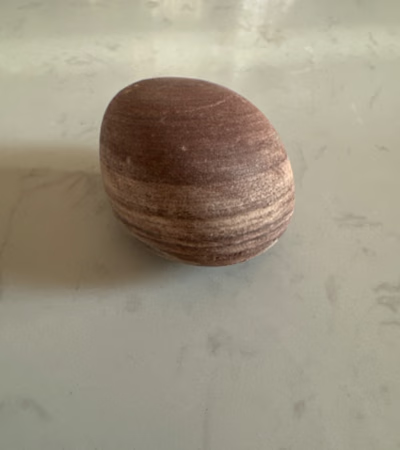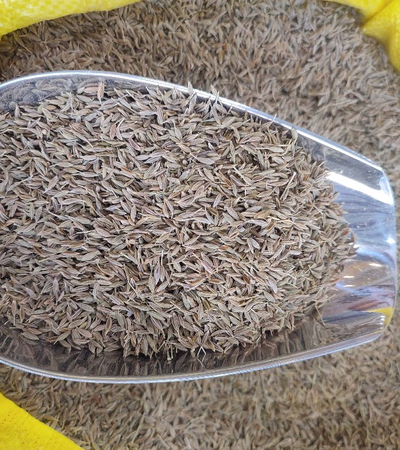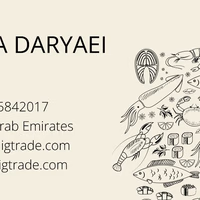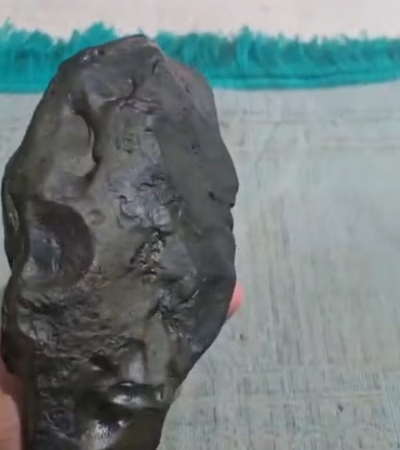
The United Arab Emirates is bordered by the Persian Gulf to the north, Oman to the east and southeast, Saudi Arabia to the south, and Qatar to the west and northwest. The capital of the United Arab Emirates is Abu Dhabi. The government of the United Arab Emirates is a federal type that includes seven independent emirates. These emirates are: Abu Dhabi, Dubai, Sharjah, Ajman, Umm Al Quwain, Ras Al Khaimah and Fujairah. The currency of the United Arab Emirates is the UAE dirham (AED). The official language of this country is Arabic, and the majority of people in the United Arab Emirates speak Arabic. Islam is the official religion of the United Arab Emirates and the majority of people in this country are Muslims. The United Arab Emirates has a dynamic and extensive market, and its main economic sectors include oil, natural gas, trade, transportation, financial services, tourism, and industry. Due to the presence of rich oil and gas resources, the United Arab Emirates is one of the main exporters of these products in the world. Also, the United Arab Emirates has other industries such as steel, construction, electronics, automobile, textile and food industries. The products that UAE businessmen import include machinery, electronics, chemical products, food products, textile products and industrial raw materials. UAE also exports oil and gas, steel industries, petrochemical products, textile products, electronic products and food products to other countries. The highest income of the United Arab Emirates may also change between years due to economic and oil changes.
-
 Hasnaa 1 months ago
Hasnaa 1 months ago United Arab Emirates
White Nyrik Stone
United Arab Emirates
White Nyrik Stone
Obtained a white stone that might be LazykDetails
-
 Aliakbar Ameri 2 months ago
Aliakbar Ameri 2 months ago United Arab Emirates
Aluminium, copper
United Arab Emirates
Aluminium, copper
We are able to find customers for aluminum and copper in the worldDetails
-
 Halali For Food Trading 1 months ago
Halali For Food Trading 1 months ago United Arab Emirates
Fresh Chicken Eggs
United Arab Emirates
Fresh Chicken Eggs
Fresh chicken for saleDetails
-
 Shirkah Al-Ghanim Lil-Sina'at 1 months ago
Shirkah Al-Ghanim Lil-Sina'at 1 months ago United Arab Emirates
Detergents and Incense
United Arab Emirates
Detergents and Incense
Fabric softener and freshener, multipurpose and incenseDetails
-
 Shaia Mohammad 2 months ago
Shaia Mohammad 2 months ago United Arab Emirates
Dubai
United Arab Emirates
Dubai
I have an agate ringDetails
-
 Run Off Western 1 months ago
Run Off Western 1 months ago United Arab Emirates
Rare Stone for Sale
United Arab Emirates
Rare Stone for Sale
A rare stone that is a meteorite from the moonDetails
-
 Maeen Kassoum 2 months ago
Maeen Kassoum 2 months ago United Arab Emirates
Coriander, thyme, cumin, black cumin, and anise
United Arab Emirates
Coriander, thyme, cumin, black cumin, and anise
Legumes and grains of high qualityDetails
-
 Almothana Almohammad 1 months ago
Almothana Almohammad 1 months ago United Arab Emirates
Raw Copper 999. 9
United Arab Emirates
Raw Copper 999. 9
Raw Copper 999. 9 in the UAE +971506377372Details
-
 Kamran Rafiq 2 months ago
Kamran Rafiq 2 months ago United Arab Emirates
COAL AND BUILDING MATERIALS TRADING
United Arab Emirates
COAL AND BUILDING MATERIALS TRADING
HELLO SIR I HAVE CHARCOAL AND BUILDING MATERIALS ALL ITEM\S CONTACT +971521940923`Details
-
 Maigtrade.Co 13 months ago
Maigtrade.Co 13 months ago United Arab Emirates
Dry anchovy, shrimp, fresh and frozen fish, dry shrimp
United Arab Emirates
Dry anchovy, shrimp, fresh and frozen fish, dry shrimp
Sundried anchovy fish, origin Iran, fresh and frozen and dried shrimpDetails
-
 Yahya Abdulla Jalid 2 months ago
Yahya Abdulla Jalid 2 months ago United Arab Emirates
Construction Materials
United Arab Emirates
Construction Materials
Construction MaterialsDetails
-
 Aya 1 months ago
Aya 1 months ago United Arab Emirates
Artworks
United Arab Emirates
Artworks
Syrian specialized in art, painting, and creativityDetails
-
 Ahjar Karima Wa Niyazk 1 months ago
Ahjar Karima Wa Niyazk 1 months ago United Arab Emirates
Stones and Meteorites
United Arab Emirates
Stones and Meteorites
Precious and semi-precious stones, rare and common, meteorites, and volcanic rocksDetails
-
 ويل كوت -جميع انواع الاصباغ 1 months ago
ويل كوت -جميع انواع الاصباغ 1 months ago United Arab Emirates
All types of paints
United Arab Emirates
All types of paints
All types of architectural paints (buildings) - and wood paints - metals and carsDetails
-
 Alireza 11 months ago
Alireza 11 months ago United Arab Emirates
Tomato paste, pickles, etc.
United Arab Emirates
Tomato paste, pickles, etc.
Reputable brands like Tabarok and DelandDetails
-
 Atika 1 months ago
Atika 1 months ago United Arab Emirates
Sulfuric Acid
United Arab Emirates
Sulfuric Acid
Sulfuric AcidDetails
-
 هاشمی 2 months ago
هاشمی 2 months ago United Arab Emirates
شهاب سنگ
United Arab Emirates
شهاب سنگ
Hello, I have a black stone which I believe might be a meteorite. It has a unique appearance, with what seems to be a melted surface and a dark metal...Details
The United Arab Emirates (UAE) presents a compelling case for trade dynamics in 2025 with a notable shift in its merchandise import value indices, which have decreased from 140. 7 in 2021 to an estimated 111. 4 in 2023. This decline contrasts sharply with the global average, which saw a moderate decrease from 124. 6 in 2021 to 101. 1 in 2023. This trend suggests a potential contraction in import value, opening new avenues for competitive pricing and strategic sourcing for international traders. The import volume indices for UAE also reflect a decrease from 129.
1 in 2021 to 111. 8 in 2023, aligning more closely with the global average of 104. 5 in 2023. This indicates a stabilization in physical quantities imported, hinting at a recalibration of demand and supply balancing. Notably, the UAE"s import unit value indices, slipping to 99. 6 in 2023, are slightly better than the global regression to 96. 8, suggesting that UAE might offer more favorable import terms compared to global markets. On the export front, the UAE"s merchandise export value indices have seen a significant drop from 126.
8 in 2021 to 94. 2 in 2023, against a global average that improved to 102. 3 in 2023. This decline points to potential price competitiveness challenges or shifts in global demand away from UAE"s export commodities. However, the export volume indices reveal a positive trajectory, increasing to 104. 4 in 2023 compared to 97. 5 in 2021, which surpasses the global average of 108. 4 for 2023.
This volume increase signals robust expansion potential in physical goods export, offering opportunities for businesses to capitalize on increased production capacities. As a pivotal player in West Asia, the UAE"s trade patterns emphasize the need for businesses to closely monitor commodity prices and volume trends. By leveraging platforms like Aritral. com, which simplifies international trade through product listing and AI-powered market insights, businesses can effectively navigate these changing dynamics. Entrepreneurs are encouraged to create a business profile to unlock detailed market visibility and streamline trade operations across this vibrant region.



















